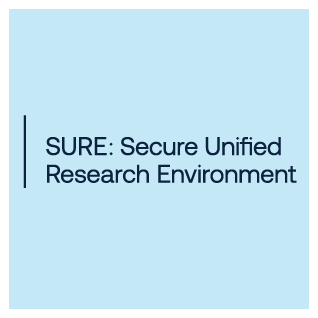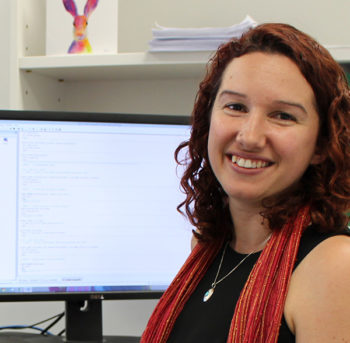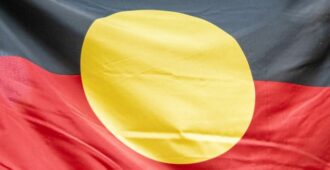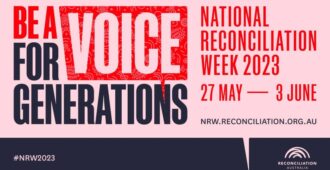
Researchers have used the Sax Institute’s Secure Unified Research Environment (SURE) to learn more about the factors behind the cancer survival rates of Aboriginal and Torres Strait Islander people, including access to care and differences in out-of-pocket costs. And the results will help design more accessible services in regional Queensland.
Lead researcher Dr Emily Callander, a health economist at Griffith University, said initial findings showed Queensland-based Indigenous Australians with cancer had less than half the yearly out-of-pocket expenses for cancer treatment than non-Indigenous Australians ($401 versus $1074 respectively).
For more insights, they analysed Medicare, MBS and PBS data in SURE and found that while Indigenous Australians were accessing slightly more GP services than non-Indigenous Australians, they were also accessing far fewer specialist services, leading to a 20% reduced uptake of health services overall among Indigenous people.
“Taken by itself, if we just saw that Indigenous Australians had lower out-of-pocket fees we might conclude that we’re heading in the right direction,” said Dr Callander. “But combining this with the actual number of services being used reveals that Indigenous Australians are accessing fewer services.”

Efficiently analysing health data
In Australia, there are indications that about 21% of cancer patients may be skipping care due to cost. This is the first study to look at inequalities in out-of-pocket fees for Indigenous Australians with cancer – a vital yet currently missing link in understanding the impact of cancer on patients’ lives.
Dr Callander says that SURE provided crucial access to deidentified Medicare data to help them put the pieces together. “There are understandably many privacy and confidentiality concerns around accessing Medicare data. What SURE does is it provides a user-friendly space that gives data custodians the confidence to be able to release data to researchers. We were able to see so much more than we could have with self-reported data.”
SURE, designed, built and managed by the Sax Institute, is an online collaboration space where researchers can analyse sensitive data linked from government and non-government sources, while data remains secure and de-identified.
Dr Callander also said it served as a virtual workplace for her team. As SURE is a remote-access facility, “we didn’t have to be there to access it, which meant we could collaborate across different sites.”
Designing services for equal access
Thanks to her findings, Dr Callander is now consulting with Indigenous cancer patients in Townsville, Queensland, to get the community’s perspective on which expenses are most difficult to meet. This will help inform policy recommendations for Queensland Health and guide how services can be better designed to ensure Indigenous cancer patients get the same level of access to care as non-Indigenous patients.
“The aim of this research is to have a really ground-up recommendation as to how we can design accessible services, particularly in regional areas.”
SURE was developed by the Sax Institute, and is operated as part of the Population Health Research Network (PHRN) with funding from the Australian Government National Collaborative Research Infrastructure Strategy (NCRIS) and the NSW Government.
Find out more
- Read the study findings:
- Read about other SURE research projects
- Read the SURE factsheet for data custodians




